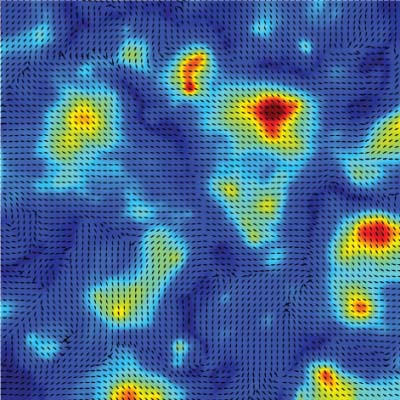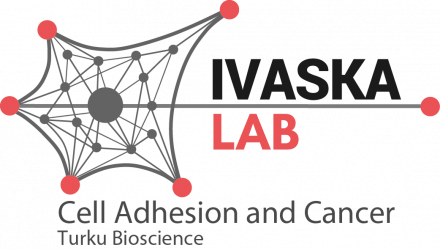Tools for mechanobiology

Due to our continued interest in untangling the mechanobiological pathways that regulate cancer cell behaviour, we are always expanding our toolbox for interrogating and controlling the different biophysical features of cells and their environment. Through vital collaborations and in-house method development, we seek to improve the biological relevance of our experiments. Some examples of new methodology include super-resolution traction force microscopy, used for measuring the contractile forces exerted by individual cells on their surroundings; stiffness gradient hydrogels, for studying how substrate mechanics can direct cell-matrix interactions and migration; new micropatterning applications, for controlling cancer cell morphology and dynamic interactions with different extracellular matrix components; and microfluidic shear stress modeling, for studying cancer cell intravascular adhesion.
Related publication from the lab
- Isomursu et al., Small Methods (2024)
- Isomursu et al., Nature Materials (2022)
- Stubb et al., Nano Letters (2020)
- Nuria Barber-Perez et al., Journal of Cell Science (2020)
